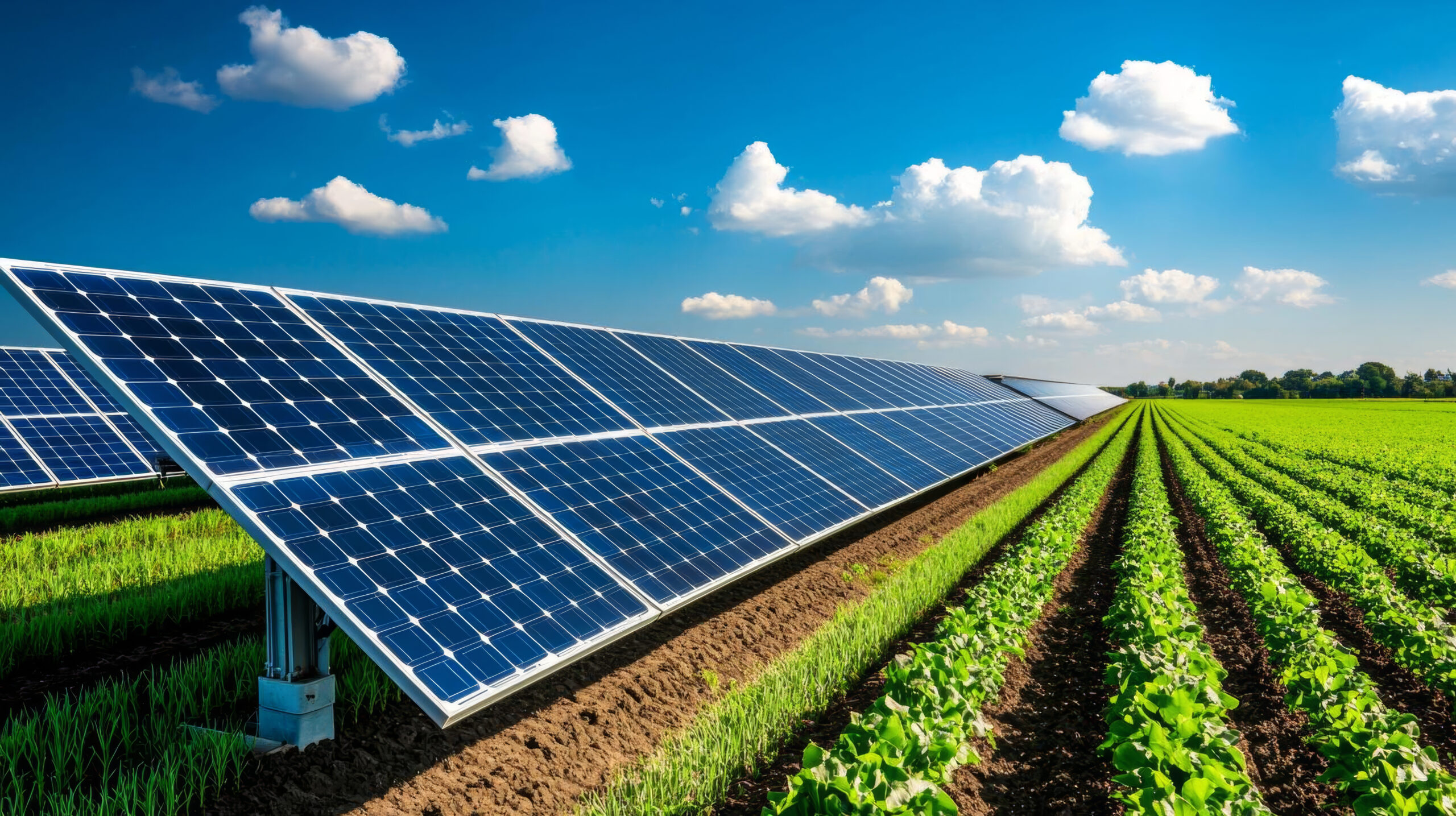The Problem With “Smart”
When people first hear what I do—build solar-powered, aeroponic farming towers—they assume I must be deep into smart technology. They picture Bluetooth-connected apps, remote monitoring, fancy dashboards that track every drop of water and every photon of sunlight. The truth? I don’t use any of that. And I don’t want to.
There’s a common belief in sustainable tech that “smart” automatically means “better.” But in my experience, that’s not always true—especially when you’re working with real people, in real neighborhoods, with real-world limitations. I’m not building for Silicon Valley. I’m building for a school science room, a church parking lot, a restaurant’s back patio, or someone’s apartment balcony. These aren’t lab conditions. They’re messy, unpredictable, and deeply human. In those settings, simplicity wins every time.
Why I Keep It Simple
When I started designing the SkyGrow system, I didn’t set out to avoid tech. I just kept running into the same issues: if a part broke, people didn’t know how to fix it. If the system needed an app to run, people couldn’t use it without a smartphone or a strong Wi-Fi signal. If something went wrong, they had to call me—or worse, give up.
So I stepped back and asked myself: what would a growing system look like if it could be repaired with a screwdriver and some duct tape? What if it didn’t require any software updates or tech support? That was my turning point. I started focusing on durability, affordability, and ease of use. I wanted my towers to be tools, not gadgets.
Technology Should Serve People—Not the Other Way Around
I’m not anti-technology. I’m an engineer by training. I’ve built high-tech systems, run simulations, coded interfaces. I appreciate what tech can do. But I also know how easily it becomes a barrier instead of a solution.
In farming, especially urban farming, the people I work with are often new to growing food. They don’t need a data stream—they need confidence. They need to know how to balance pH, adjust nutrient levels, and spot mold before it spreads. No app is going to replace that hands-on understanding. In fact, over-reliance on tech can keep people from developing those skills in the first place.
A sensor might tell you your plants need more light. But if you’ve never learned how to read a plant’s leaf color or growth pattern, you’ve missed a valuable learning opportunity. Smart farming should be about empowering people, not replacing their knowledge with code.
Fixable, Affordable, and Shareable
There’s also the question of access. High-tech systems are often expensive and locked behind proprietary parts or software. If a sensor breaks, you can’t just grab a new one at the hardware store. You might have to wait weeks, spend money you don’t have, or contact a company that doesn’t return your emails.
That’s not the future I want to build. I want kids in a public school to be able to grow their own food without needing a tech grant. I want a local café owner to fix a leaky fitting with something they already have in the kitchen. I want a veteran starting his own garden to feel like the system is his—not some mysterious black box.
That’s why I handwrite instructions. Why I label every part with a Sharpie. Why I teach people to troubleshoot with their own senses—listen for the pump, feel the temperature of the water, look at the roots. It’s about giving ownership back to the grower.
Learning Shouldn’t Require a Login
Another thing I’ve learned: not everyone wants to manage their crops from a screen. There’s something grounding about stepping outside, checking on your plants, touching the leaves, seeing what’s changed from the day before. It slows you down. It connects you.
We live in a world where everything is mediated through screens. But food doesn’t come from screens. It comes from sun, water, time, and care. I think there’s something important about keeping that process physical, visible, and hands-on. When you grow food, you’re not just producing calories—you’re building a relationship with the natural world. That’s harder to do through an app.
What Simple Doesn’t Mean
Now, don’t get me wrong—simple doesn’t mean primitive. My towers still use solar power. They use pumps and timers. They’re engineered to be efficient and resilient. But the difference is, everything is intentionally kept at a level where someone without a tech background can understand it, repair it, and teach it to someone else.
That’s what makes it sustainable—not just environmentally, but socially and economically. A system that breaks down and can’t be fixed isn’t sustainable. A system that only experts can operate isn’t sustainable. A system that depends on an expensive subscription service isn’t sustainable. But a system that people can learn, fix, and pass on? That’s the kind of sustainability I believe in.
A Quiet Kind of Progress
In the end, I’m not trying to disrupt anything. I’m not looking for headlines or investors. I just want to help people grow their own food in a way that feels doable, not intimidating.
There’s a quiet kind of progress that comes from solving one problem well, in one neighborhood, and then doing it again somewhere else. That’s how I see my role—as someone who builds tools for others to use, adapt, and make their own.
Simplicity isn’t about going backward. It’s about making sure the future we’re building is actually one that people can live in, learn from, and rely on. And in my experience, that future starts with a screwdriver, a tower, and a handful of seeds.
